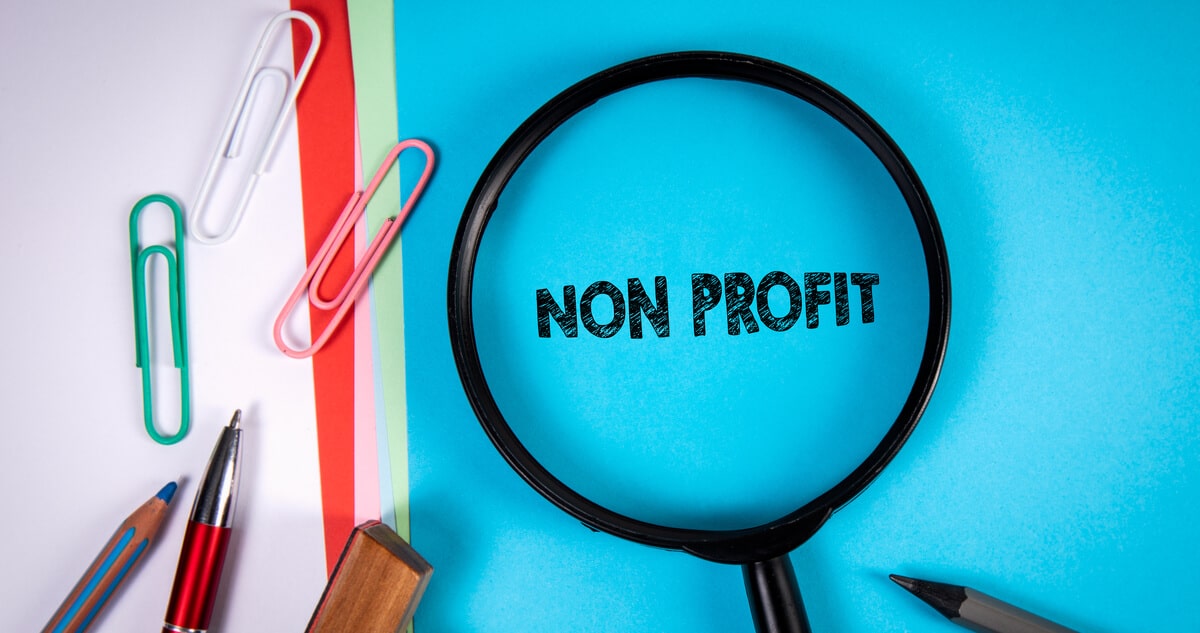TYSONS OFFICE
Brand and Trademark Protection: Preserving Your Company’s Good Name

“What’s in a name? That which we call a rose / By any other name would smell as sweet.” Shakespeare’s poetic observation is well-taken in the world of star-crossed lovers, but it falls short in the realm of intellectual property.
Your company name can make or break you in an increasingly competitive business world, so trademark protection is essential. For instance, the Coca-Cola® brand is worth over $70 billion.
In today’s competitive environment, a company’s brand, as encapsulated in its trademarks, is one of its most valuable assets. (After all, the same soft drink sold as Coca-Cola and Brad’s Drink will sell differently.) As such, brand and trademark protection is essential to protect your organization — whether you’re a for-profit company or need a nonprofit trademark.
Why Are Trademarks Important?
- A trademark is a word, phrase, symbol or design that identifies and distinguishes the source of the goods and services of one party from those of others.
- Trademarks embody the goodwill and reputation of a company or product. Consumers often do not take the time to investigate a company or product’s quality. They instead rely on the reputation of a brand as a shortcut for purchasing decisions. The reputation of a company and its products or services can take years to development establish. Brand and trademark protection is therefore vital. It’s the means by which a company obtains legal rights to a brand.
- Trademark protection helps prevent copycats. Once a strong brand is established, competitors may try to palm off your company’s reputation. Federal trademark registration helps ward off potential infringers. Proper trademark enforcement is necessary to stop infringers from exploiting your company’s hard-earned goodwill. It’s also essential in recovering copyright statutory damages.
- Trademark protection prevents public confusion. Without solid brand and trademark protection, other organizations may unintentionally use a product or service name similar to your organization’s, leading to confusion among the public. This can result in lost sales, misdirected communications, or a damaged reputation.
- Trademark protection can prevent the deliberate tarnishing of an organization’s name. Consider the People for the Ethical Treatment of Animals (PETA) trademark battle with a cybersquatter. Using the domain name www.peta.org, a meat lover created a website entitled “People Eating Tasty Animals”, a “resource for those who enjoy eating meat, wearing fur and leather, hunting, and the fruits of scientific research.” Fortunately for the famous animal-rights group, it had registered its PETA trademark and successfully retrieved the domain name.

How to Protect Your Trademark
- Create a strong mark. The more distinctive your mark (e.g., trademark, logo or brand name) the stronger it is, and the easier your brand can be protected.
- Strong brand names are “coined” terms, such as Kodak® or Exxon®, or “arbitrary” terms used without any tie to their ordinary meanings, such as Apple®.
- “Suggestive” marks, which hint at an attribute of the products they identify, are protectable but are not as strong as coined or arbitrary marks.
- “Descriptive” marks, i.e., terms that explicitly describe an attribute of the products they identify, are the weakest marks and are not given legal protection until consumers widely recognize the company as a source identifier.
- Conduct trademark searches. Before adopting a new company or product name, you should conduct a comprehensive trademark search to determine if the proposed name is available as a trademark. You don’t want to invest money and time building goodwill in a new product name only to discover that the name conflicts with a prior trademark. Researching a new mark can alert you to problems before you spend valuable time and money establishing your brand. For adequate brand and trademark protection, a comprehensive search should include an examination of both registered and unregistered marks at the U.S. Patent & Trademark Office as well as the internet, trade industry databases, and other sources of brand and name data.
- Register your trademarks. Registration of a mark with the U.S. Patent & Trademark Office entitles the owner to significant legal benefits, including:
- automatic nationwide protection of the mark
- a presumption of validity and ownership of the mark
- the right to use the registered (®) trademark notice symbol
- enhanced ability to stop infringers
- greater potential for obtaining monetary damages from infringers
It’s essential to draft your trademark application carefully. The description of your goods or services is key to the scope of brand and trademark protection the registration grants you. For complete brand and trademark protection, remember that trademarks are not only company names. They also include:
-
- product names
- service names
- logos and symbols
- acronyms
- slogans
- program names
- certification marks (e.g., the “Good Housekeeping” Seal of Approval)
- Use the proper notice symbols. Before registration, you should tag your trademark with the TM symbol. This symbol alerts the public to your claim to a mark. After registration, you should label your mark with the registered ® symbol. This symbol alerts the public to your federally registered trademark rights.
- Monitor your marks and pursue infringers. Once you begin using and registering a mark, you should actively engage in brand and trademark protection by looking out for possible infringers. For key marks, consider subscribing to trademark watch services that monitor for confusingly similar marks. Once you’re aware of marks that are confusingly similar to your organization’s marks, take steps to stop the infringing use. Infringing uses can lead to public confusion and damage your organization’s goodwill and reputation. Failure to stop infringing uses of the mark can result in the weakening and, eventually, the complete loss of rights in the mark.
Much of the commercial value of a product or service is in the goodwill and reputation of your brand. Unfortunately, many companies overlook the importance of protecting their brands until a problem arises. Taking steps early in the branding process will minimize the risk of trademark conflicts and help preserve the value of your brand.
Seek Expert Help for Brand and Trademark Protection
Trademark protection can become complicated and very involved. For full brand and trademark protection, you should be confident that your defense is strong. Connecting with intellectual property lawyers for more specific guidance is the best way to create a strong trademark.
For more information on how to defend your brand, explore our other blogs. As intellectual property law is quickly evolving, it’s essential to learn about AI copyright and when to use the TM vs. R symbol to protect your intellectual property.
This memo is provided for general information purposes only and is not a substitute for legal advice. The transmission of this memo does not create an attorney/client relationship. No recipients of this memo should act or refrain from acting on the basis of this memo without seeking professional legal counsel. Gammon & Grange, P.C. expressly disclaims all liability relating to actions taken or not taken based on the content of this memo.




